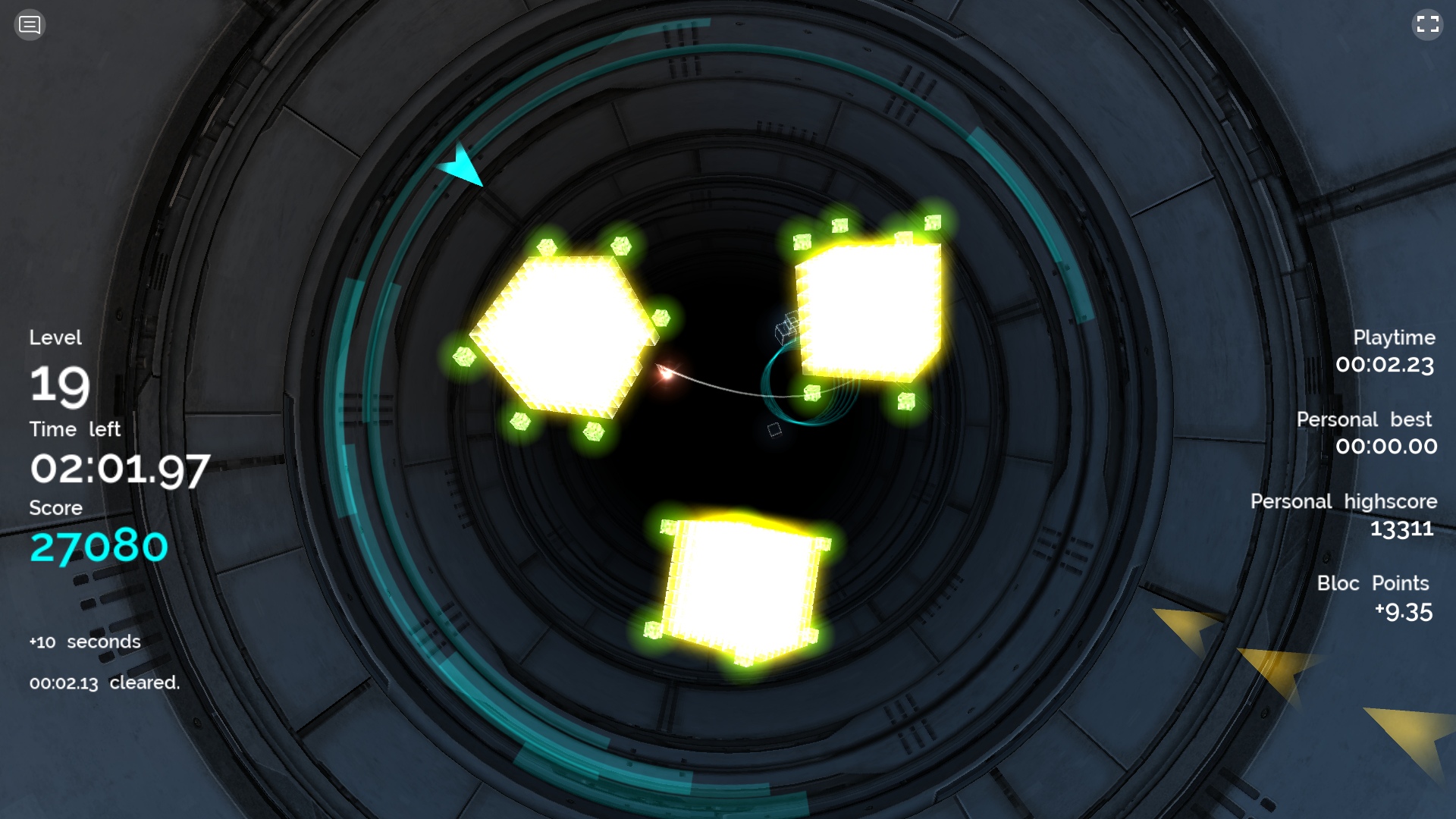


The simple and unified synthesis model underpinning HighC gives access to the most common sound synthesis techniques in a graphical, intuitive and uniform framework: Additive synthesis, Waveshape, various noise-based models, but also FM synthesis, Ring modulation and granular synthesis. Its integrated interface encompasses the role of synthesizer, sequencer and mixer. HighC is foremost a tool of choice for musicians who look for new sound effects or for an alternative approach to music composition. For instance, novices have used it to create original and unique ringtones and fun "audio pictures". Complete novices and children understand its base features in a matter of minutes. HighC draws on 20 years of a world class user interface design experience to provide immediate usability. In simple words, HighC is to MetaSynth what Microsoft PowerPoint is to Adobe Photoshop. Unlike other image-to-sound software, HighC uses a vector-based representation: sounds remain individual objects that can be edited, transformed and composed with each other at will.
Highc software full#
They use purely graphical operations (such as move-resize, copy-paste, group.) to produce rapidly complex audio effects or full compositions.

In HighC, users draw sounds on a continuous time-frequency diagram that looks like a musical score. HighC (pronounced with a strong French accent: "I see"!), is a new graphical music creation tool inspired from Iannis Xenakis UPIC. Its goal is to make music composition as simple and direct as sketching. It is a synthesizer, a sequencer and a mixer. It was made possible thanks to a partnership between the Centre Iannis Xenakis and the European University of Cyprus, with funding from the Interfaces Project.HighC is a graphical music creation tool. The first version, released in 2018, runs on OSX and iOS. For its part, HighC is currently used as a pedagogical tool in classes ranging from early teens to Master classes in composition, while some contemporary composers, such as George Hatzimichelakis have made it part of their toolset.Īnother pedagogical tool, UPISketch, was inspired by the UPIC. IanniX, which has been sponsored by the French Ministry of Culture, is a graphical open-source sequencer which syncs via Open Sound Control events and curves to a real-time environment (like Pure Data, SuperCollider, Csound, MaxMSP and openFrameworks among others). There were a couple of attempts to reproduce the UPIC system using commodity hardware, for instance Iannix, HighC, UPISketch. In 2005, Mode Records of New York released a 2-CD compilation of works composed with the UPIC at CCMIX, entitled Xenakis, UPIC, Continuum, which provides an overview of the machine's sonic possibilities. The UPIC system has subsequently been expanded to allow for digitally sampled waveforms as source material, rather than purely synthesised tones. The system allows for real time performance by moving the stylus across the tablet. They can also be transposed, reversed, inverted, and subject to a number of algorithmic transformations. The compositions can be stretched in duration from a few seconds to an hour. Once the waveforms have been stored, the user can compose with them by drawing "compositions" on the tablet, with the X-axis representing time, and the Y-axis representing pitch. Its functionality is similar to that of the later Fairlight CMI, in that the user draws waveforms and volume envelopes on the tablet, which are rendered by the computer. Physically, the UPIC is a digitising tablet linked to a computer, which has a vector display.

Highc software software#
Aphex Twin implies that he uses UPIC in an interview where he is asked what software he uses and he replies that, "UPIC by Xenakis puts almost everything else to shame it's under 1mb". It has also been used by composers such as Julio Estrada, ( Eua´on (1980)), Jean-Claude Risset (on Saxatile (1992)), Jorge Antunes ( Interlude de l'opéra Olga (1992)), François-Bernard Mâche ( Hypérion (1981), Nocturne (1981), Tithon (1989), Moires (1994), Canopée (2003)), Takehito Shimazu ( Illusions in Desolate Fields (1994)), Gérard Pape ( Le Fleuve du Désir III (1994)), and Curtis Roads ( Purity (1994) and Sonal Atoms (1998)). Xenakis used it on his subsequent piece Mycènes Alpha (1978) and two other works. It was developed at the Centre d'Etudes de Mathématique et Automatique Musicales ( CEMAMu) in Paris, and was completed in 1977. UPIC (Unité Polyagogique Informatique CEMAMu) is a computerised musical composition tool, devised by the composer Iannis Xenakis. For other uses, see UPIC (disambiguation).


 0 kommentar(er)
0 kommentar(er)
